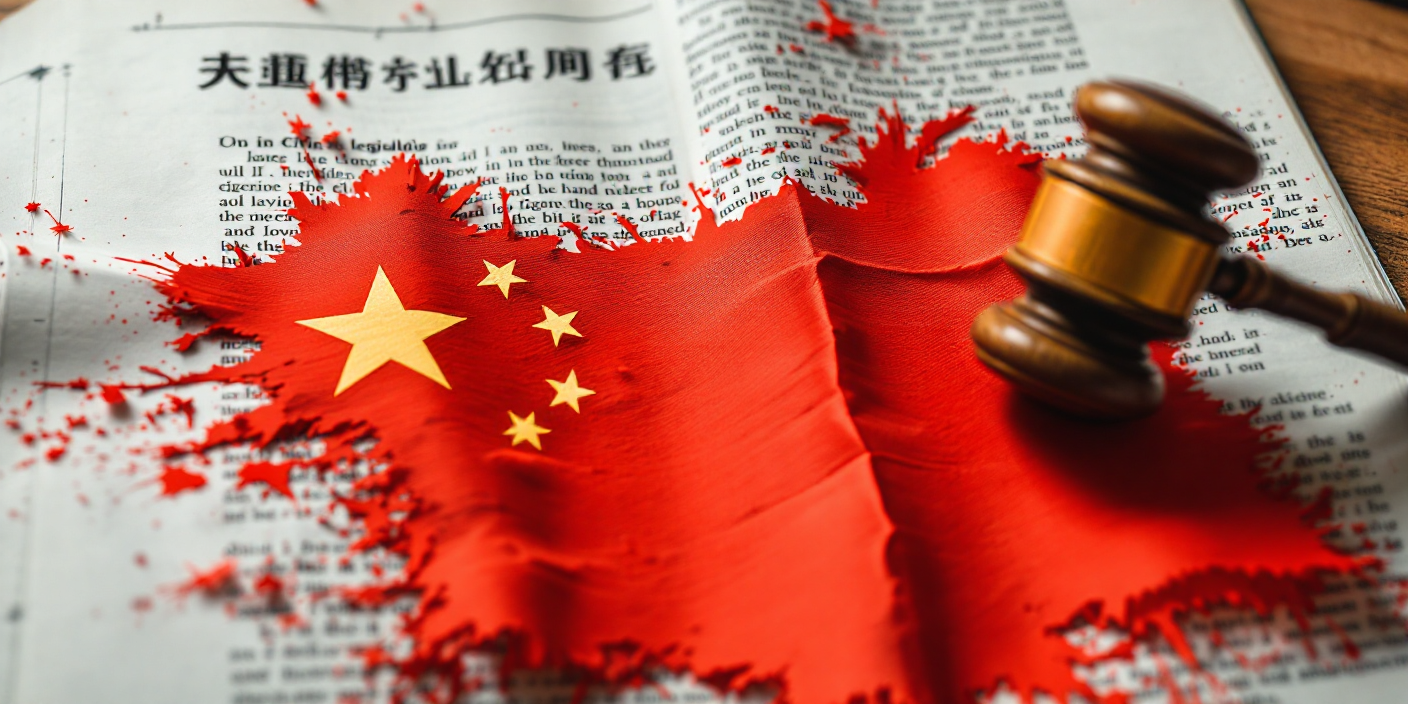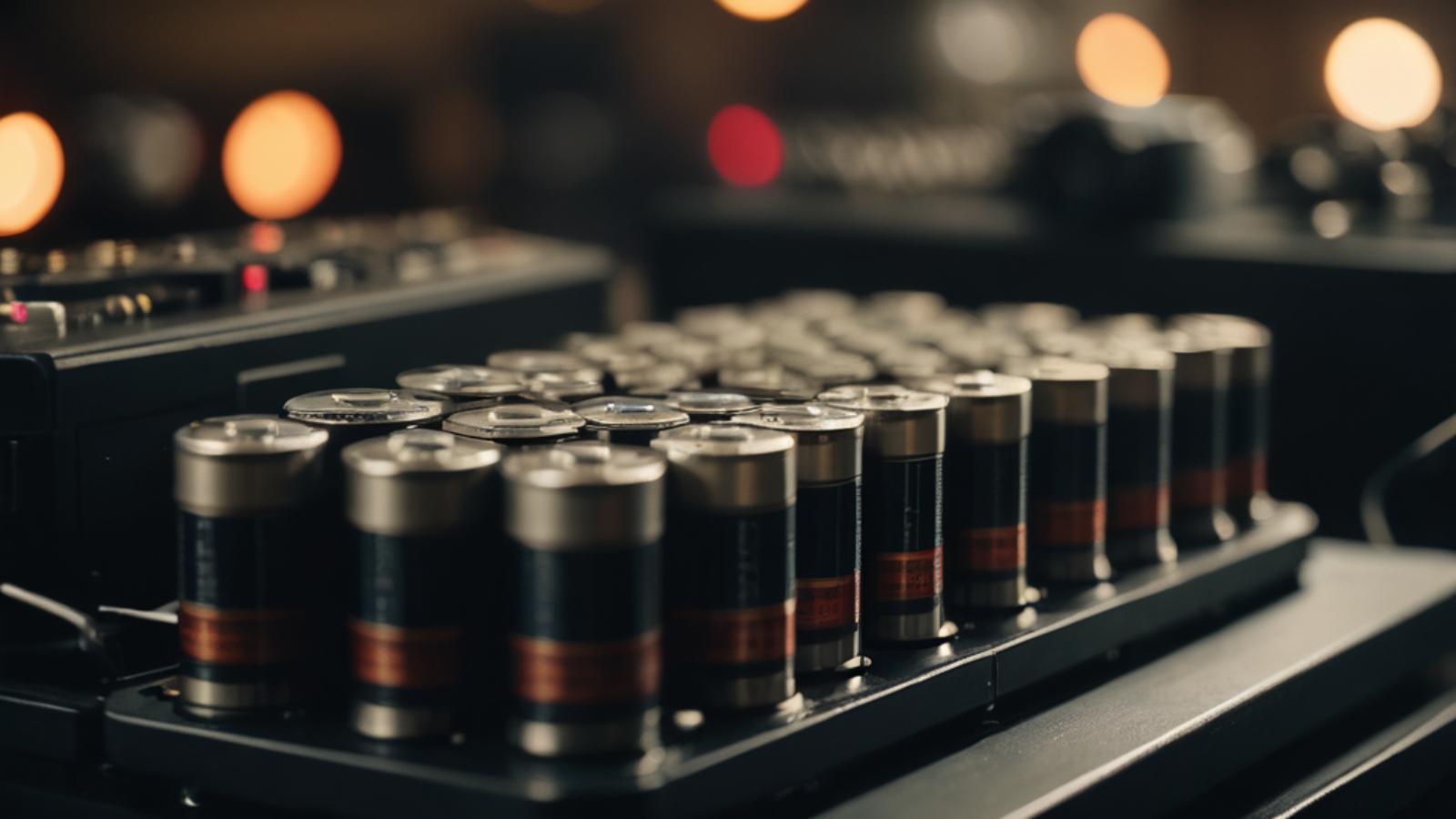The following article was created by Dr. Harrison Wong.
A Turning Point in Global Battery Trade
China’s new battery export regulations are reshaping global supply chains and signaling a strategic policy shift. On October 9, 2025, China’s Ministry of Commerce and the General Administration of Customs jointly issued Announcement No. 58, introducing sweeping export controls on advanced lithium battery technologies, materials, and manufacturing equipment. The new measures take effect on November 8, and are already sending shockwaves across the global clean energy and electric vehicle (EV) industries.
Far from a routine regulatory update, this move marks a strategic shift in how China manages its position in the global battery value chain—from controlling upstream raw materials to protecting downstream innovation. For companies outside China, it brings a complex set of risks, supply chain questions, and potential opportunities.
What Exactly Is Being Controlled?
Under the updated dual-use export control framework, the following items now require official export licenses from Chinese authorities announcement No. 58 specifically targets:
Lithium-Ion Batteries (≥ 300 Wh/kg)
Rechargeable lithium-ion batteries with a gravimetric energy density of ≥ 300 Wh/kg, encompassing both battery cells and packs.
High-Performance Cathode Materials (LFP, NCM, NCA)
Including lithium iron phosphate (LFP) with compacted density ≥ 2.5 g/cm³ and capacity ≥ 156 mAh/g; nickel-cobalt-manganese (NCM) and nickel-cobalt-aluminum (NCA) precursors; and lithium-rich manganese-based cathodes.
Graphite and Production Equipment Controls
Artificial graphite anode materials and hybrid graphite compositions, as well as the equipment and technologies used to produce them, such as granulation systems, graphitization furnaces, and surface coating machines. Battery manufacturing equipment—like winding machines, stacking equipment, and electrolyte systems—are also covered.
The export control list doesn’t just cover materials, but also the equipment and technology used to produce them—effectively controlling entire segments of the battery supply chain.
Why Is China Doing This?
Experts say China’s new export control on lithium batteries reflects both national security and technological sovereignty goals.
Officially, China says the move aligns with national security objectives, given the dual-use nature of battery tech (civilian + military). But insiders suggest deeper motivations:
- Technology Sovereignty: Protecting China’s lead in critical segments like LMFP cathodes and silicon-carbon anodes, where Chinese firms control 80%+ of global capacity.
- Strategic Leverage: Enhancing China’s position in global supply chains, especially in response to foreign export restrictions (e.g. on semiconductors).
- Geopolitical Signaling: Sending a clear message that China is willing to leverage its dominance in battery materials and technologies.
According to a legal analysis HSF Kramer Insights, 2025:
China’s Announcement No. 58 is “not an export ban, but a measured control designed to ensure that advanced battery technologies are exported only under license and with national security oversight.”
The authors emphasize that the move signals Beijing’s intent to strengthen its grip over strategic supply chain nodes while still permitting regulated global collaboration. [1]
Global Industry Impacts: How China’s Battery Export Rules Affect Supply Chains
Companies dependent on Chinese materials now face a new layer of complexity. Key risks include:
Risks:
- Export License Delays: Routine shipments may now require weeks—or months—of approval.
- Legal Uncertainty: Contracts may lack force majeure or license clauses, creating legal grey zones.
- Cost Increases: Reuters reported that after the announcement, battery sector shares fell as investors anticipated higher supply chain costs and potential delays caused by the licensing process. Analysts noted that companies may face short-term price pressures as they adjust to new approval requirements and sourcing restrictions.[2]
- Innovation Bottlenecks: R&D relying on high-performance cathodes or custom graphite could be derailed.
Opportunities:
- Supplier Diversification: Non-China suppliers—especially in South Korea, Canada, and Morocco—may gain a foothold.
- Localization Push: Multinationals are likely to fast-track local production lines for batteries and key components.
- Competitive Advantage via Policy Foresight: Firms that quickly adapt will gain strategic ground.
What Should Global Companies Do Now?
To comply with China’s new lithium battery export control framework, companies should:
With just weeks before enforcement, urgent steps include:
- Map Supply Chain Exposure: Identify where products rely on Chinese-controlled materials or equipment.
- Clarify Classifications: Work with Chinese partners to confirm if products fall under control thresholds.
- Amend Contracts: Add or revise clauses for export risk, alternative sourcing, and licensing.
- Boost Compliance Capabilities: Assign legal or logistics teams to handle MOFCOM licensing.
- Accelerate Sourcing Diversification: Engage with graphite and cathode material producers outside China.
- Stay Informed: China’s control list may evolve—early intelligence is now a competitive edge.
Bigger Picture: Are We Entering a Fragmented Battery Future?
China’s move mirrors broader techno-nationalist trends:
- The EU, U.S., and Japan are investing heavily in domestic battery ecosystems.
- India’s Reliance Industries is building 10 GWh of LFP capacity.
- Morocco is positioning itself as a graphite hub.
- General Motors is forming new partnerships in Canada and South Korea.
This could lead to a “splintered” global battery landscape, where regional blocs set their own standards and secure their own supply chains.
Conclusion
China’s Announcement No. 58 is not just a regulatory update—it’s a strategic pivot. It underscores how policy is now as influential as innovation in shaping the future of batteries, energy storage, and electric mobility. For businesses navigating China’s export regulations, staying informed and adaptive will define long-term competitiveness.
As the world moves toward decarbonization, access to critical battery tech will be defined by geopolitics as much as science. The winners will be those who can navigate both.
Author’s Perspective
In my view, China’s Announcement No. 58 is not a signal of isolation, but of recalibration. It reflects a shift from open participation in global markets to a more selective and strategic engagement. This is not just about control—it’s about redefining value.
This is part of a larger trend: supply chains are no longer just economic systems—they’re becoming geopolitical chessboards. China’s battery export rules mirror what we’re seeing in semiconductors, AI chips, and rare earths. It’s not just about who makes what, but who controls what flows.
For foreign companies, the smartest move is not panic-driven diversification, but building layered, transparent supply strategies that acknowledge the long-term reality of China’s dominance in battery innovation. We are not entering a post-China world, but a post-assumption world—where access can no longer be taken for granted.
The response cannot just be cost-cutting or supplier-switching. It must include geopolitical literacy, contract flexibility, and scenario planning. Battery tech is no longer just a product—it’s a policy battleground.
OR, the purpose of this regulation may be to gain bargaining chips.
Further Learning and Support
If you want to deepen your understanding of battery operation, testing, safety, or manufacturing, explore the CPD-accredited BattXcel programs by Greenectra. These training modules provide structured, industry-aligned education for professionals across the global battery value chain.
Greenectra also supports companies with consulting and technology transfer services when establishing or scaling battery production lines—helping bridge the gap from concept to commercial operation with technical rigor and strategic insight.
References
[1] Hilary Lau, Calvin Ho, Charles Wong, and Yilin Pei. China imposes export controls on lithium batteries and artificial graphite anode materials.
HSF Kramer Insights – China, October 10, 2025, Retrieved from https://www.hsfkramer.com/insights/2025-10/china-export-controls-lithium-batteries-and-artificial-graphite-anode-materials
[2] Dylan Duan & Lewis Jackson. Chinese battery shares slide after Beijing imposes export controls over supply chain.
Reuters, October 10, 2025, Retrieved from https://www.reuters.com/business/autos-transportation/chinese-battery-shares-slide-after-beijing-imposes-export-controls-over-supply-2025-10-10/
Legal Disclaimer
The information provided in this article is for general informational purposes only and represents a personal view. All information is provided in good faith; however, Greenectra OÜ makes no representation or warranty of any kind, express or implied, regarding the accuracy, adequacy, validity, reliability, availability, or completeness of any information.
Under no circumstances shall Greenectra OÜ be held liable for any loss or damage of any kind incurred as a result of the use of this information or reliance on any information provided. Your use of this information and your reliance on any information is solely at your own risk.



